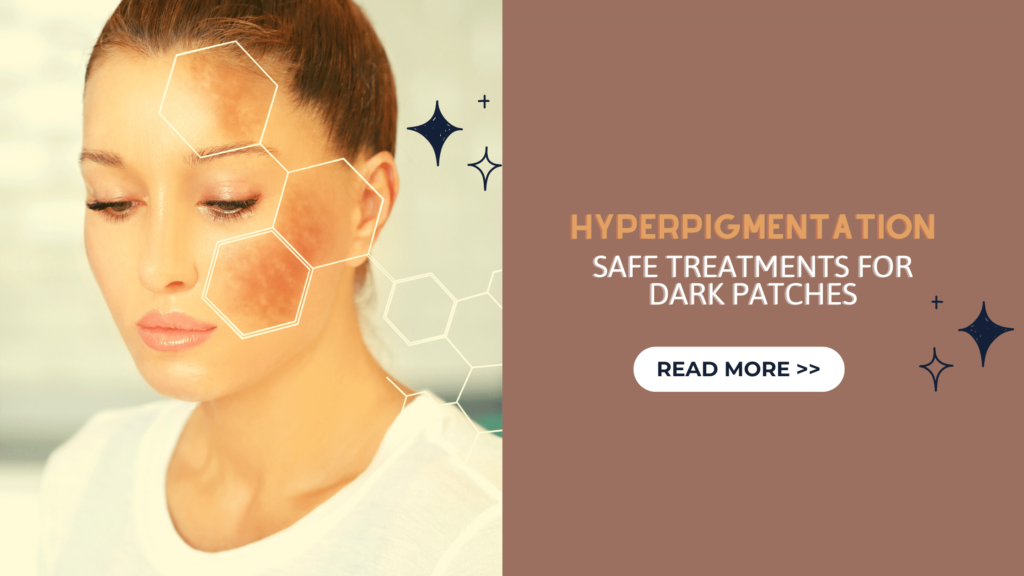Hyperpigmentation — dark patches of skin either in one area or all over the body — is a common condition affecting aroundfive million people in the United States. It’s caused by excess melanin, affects all skin tones, and is most often harmless (although it often ends up affecting self-esteem). Fortunately, a host of various treatments can be used for hyperpigmentation, and, in most cases, a multipronged treatment approach in line with the latest scientific evidence can successfully lighten dark spots, even out skin tone, andcreate a brighter, healthier complexion.
Steroids, hydroquinone, and retinoids
Effective first-line topical treatment for hyperpigmentation involves steroids, hydroquinone, and retinoids, a new study inthe Journal of Cosmetic Dermatology reveals. The researchers found triple therapy with these products to be more effective at reducing hyperpigmentation over a period of eight weeks than stand-alone hydroquinone. Products containing prescription-strength retinoids, in particular, also helpstimulate the skin’s natural rejuvenation process.
Dead and damaged skin cells are therefore eliminated from the surface of the skin and replaced with younger, healthier skin cells, which ultimately helps regulate the cells responsible for melanin production.
Effective topical treatments
Moreover, vitamin C and azelaic acid are other promising treatments for hyperpigmentation: azelaic acid is proven to decrease hyperpigmentation in patients with darker skin, while vitamin C used with hydroquinone may also be effective. Keep in mind, theAmerican Academy of Dermatology Association (AAD)recommends people with darker skin tones with hyperpigmentation specifically opt for topical products containing kojic acid, vitamin C, or azelaic acid for best results.
Additionally, botanical products are now also increasingly popular treatments for hyperpigmentation. Bakuchiol, for example, is an extract from the seeds of the Psoralea corylifolia tree, which contains potent anti-oxidant and anti-inflammatory properties that can effectively treat hyperpigmentation.
Always wear sunscreen
According to a recent Brazilian study published in the Journal of the American Academy of Dermatology. When your skin cells come into contact with UV light, they’re triggered to produce higher amounts of melanin as a mode of self-defense. SPF, on the other hand, blocks this damaging UV light and excess melanin production, while also preventing photodamage to the skin — something which typically results in post-inflammatory hyperpigmentation (hyperpigmentation that develops after acne), along with brown spots. So, by making an effort to wear sunscreen every day, you can prevent further skin pigmentation and enjoy a brighter and smoother complexion. Ideally, your sunscreen of choice should be at least SPF 30 and broad spectrum — this helps ensure you’re protected from both UVB rays and UVA rays, the latter penetrate the skin more deeply and result in greater skin damage and premature aging.
Ultimately, it’s important for each individual to work with their healthcare provider to identify the most suitable treatment options for them. With the right products, you can successfully fade dark patches, as well as improve the overall appearance of your skin.

